FWBO and Western Buddhist Order discussing name change; likely to become Triratna
 Triratna simply means ‘Three Jewels’, specifically the Three Jewels of the Buddha, Dharma, and Sangha, to which all Buddhists commit themselves in the simple but definitive act of ‘Going for Refuge’. The Three Jewels have long been used as emblems in many F/WBO situations, for instance the logo of FWBO News and on the Kesas worn by Order Members.
Triratna simply means ‘Three Jewels’, specifically the Three Jewels of the Buddha, Dharma, and Sangha, to which all Buddhists commit themselves in the simple but definitive act of ‘Going for Refuge’. The Three Jewels have long been used as emblems in many F/WBO situations, for instance the logo of FWBO News and on the Kesas worn by Order Members.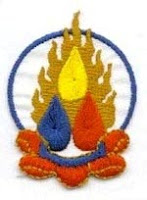 If the proposed change is accepted, it’s likely that a Movement-wide ceremony will be held on or around Wesak this year, a date which happens to coincide with the FWBO International Retreat at Taraloka: see http://internationalretreat.fwbo.org for more details.
If the proposed change is accepted, it’s likely that a Movement-wide ceremony will be held on or around Wesak this year, a date which happens to coincide with the FWBO International Retreat at Taraloka: see http://internationalretreat.fwbo.org for more details.The suggestion to change the name was made on January 6th in a letter from Sangharakshita to all members of the Western Buddhist Order. His letter was itself a response to one from a group of Indian Order Members gathered in Pune, in which they requested him to change the Indian name of the Order from the present ‘Trailokya Bauddha Mahasangha’ and also to give a new and unified name to the whole Order world-wide.
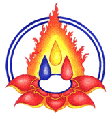 Both ‘Western’ and ‘Trailokya’ had become increasingly problematic for some over the past decade - ‘Western’ because the Order is increasingly international, with members active in India, Russia, Turkey and China, as well as other non-Western countries; and ‘Trailokya’ because Indians outside Maharastra find it difficult to relate as a Buddhist name - and the Order is increasingly active in many States all across India.
Both ‘Western’ and ‘Trailokya’ had become increasingly problematic for some over the past decade - ‘Western’ because the Order is increasingly international, with members active in India, Russia, Turkey and China, as well as other non-Western countries; and ‘Trailokya’ because Indians outside Maharastra find it difficult to relate as a Buddhist name - and the Order is increasingly active in many States all across India. Discussions about changing the name had continued in the Order on and off for many years - in fact, from 1979, when TBMSG was founded in India. However, partly due to the increasing size of the Order, it proved impossible to obtain consensus and the matter was dropped until Sangharakshita’s recent intervention.
Sangharakshita’s letter says in part -
“... I hope that Western Order members will be as moved as I was by the request I received [from India], and that they will join with me in wanting to meet the wish of the Indian Order members for a change of their own name and for a name for the whole Order. Having one name for the whole Order will make it clear to the world not only that we all go for Refuge to the Buddha, Dharma and Sangha, but that whether in the East or the West, the North or the South, we are one united Order, with a single vision and a single heart and mind.
“After much deliberation, the new name for the Order that has come to me is the Triratna Buddhist Order (in Hindi, Triratna Bauddha Mahasangha), and I suggest that all Order members adopt it straight away”.
Rather than follow his suggestion to adopt the new name immediately, a process of discussion opened up among both Order Members and those running the many branches of the FWBO about how best to proceed, and when. Sangharakshita’s letter ended by proposing that the FWBO became the Friends of the Triratna Buddhist Order, which was immediately shortened by many to FTBO.
However the European Chairs Assembly, which happened to be in session at Dhanakosa in Scotland at the time, saw an opportunity to take the Movement’s unification a step further, by making it easier to translate the name into different languages - and by moving away from the many sets of initials presently used to identify it. In France and Spain, for instance, the FWBO is the AOBO, in Holland the VWBO - and in Turkey, the BBBD!
After some discussion they chose to reply to Sangharakshita suggesting that the FWBO instead became the Triratna Buddhist Community, a suggestion he accepted. They wrote -
“We like ‘Triratna’. Not only does it encapsulate our central values, it also provides a positive identifying marker for the Order and the movement. We have chosen ‘Buddhist Community’ to replace ‘Friends of’ as an expression of the relationship between the movement and the Order and our emphasis on spiritual community and friendship. We have considered this in some depth, bringing to bear our collective experience and care for our movement internationally, and we would be grateful if you would seriously consider our proposal. At the same time we want you to know that we will be happy with whatever decision you make.”
The European Chairs are currently in dialogue with other Centre chairs internationally, and once these are complete further announcements will be made regarding the change and the best way to mark it. Parallel discussions are going on in the Order and again we’ll announce the details as soon as they are available.
Labels: FWBO, Sangharakshita, WBO

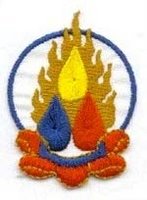
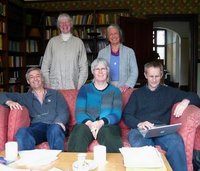

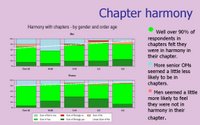
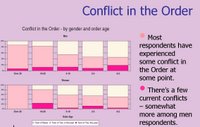
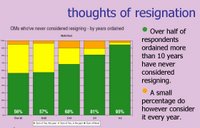
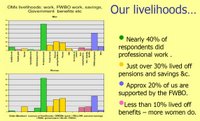
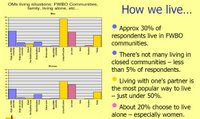
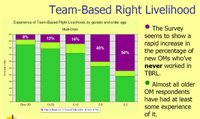
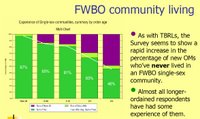
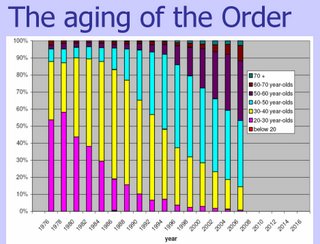
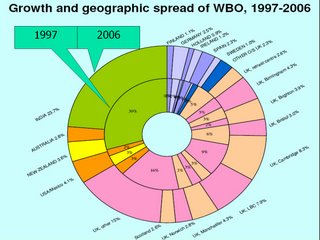
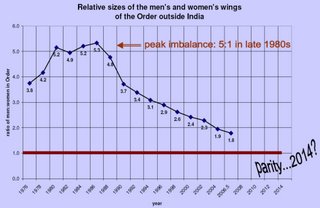
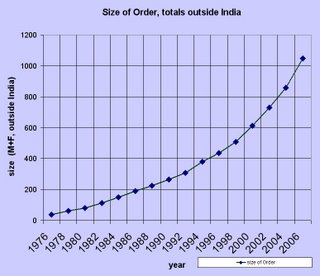
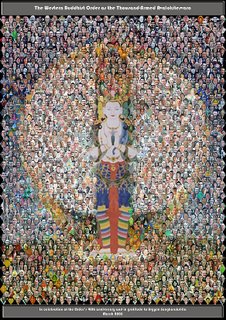
 rss
rss